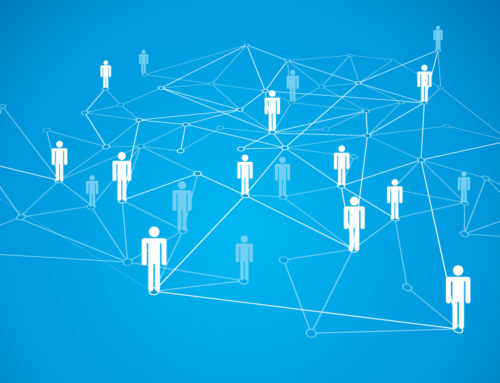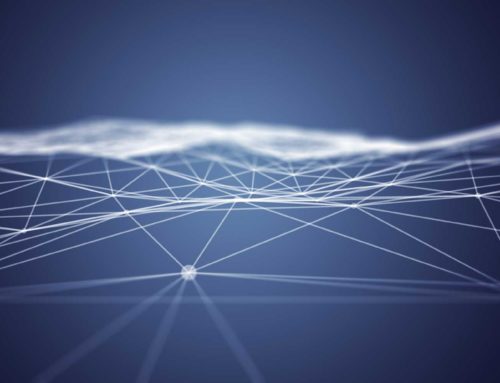“I would not give a fig for the simplicity this side of complexity, but I would give my life for the simplicity on the other side of complexity” -Oliver Wendell Holmes
Systems The Key To Complexity
Complexity has become a hallmark of 21st-century reality within almost all areas from business management to fundamental physics. This surprisingly quirky little word has proven to be a fundamental feature to systems in general one that won’t go away and whether we are talking about the world of academia or industry it stubbornly resists our traditional methods of analysis. Complexity is a feature of systems that have many different parts that are highly interconnected and have some degree of autonomy. Examples of systems that are considered complex are; the human brain with billions of neurons that are highly interconnected; financial markets with many institutions and traders interacting through a diverse set of financial instruments; ecosystems that consist of many different creatures that are all interconnected and interdependent through a food-web or international politics where a great many diverse organizations with diverse objectives and opinions interact and have to reach some joint outcome.
These features to complex systems make them un-amenable to our traditional methods of analysis that tries to understand, design and manage systems by breaking them down into their simplest parts and then focuses on these components and their interactions at the expense of the whole system. This approach has worked well and continues to do so in many areas but because complexity is all about connectivity, interaction and interdependence breaking these complex systems down and focusing on their parts fails to capture the one thing we are really interested in, that is the relations between these parts because this is what makes them complex.
“The ideal of the 11th/17th century physicists was to be able to explain all physical reality in terms of the movement of atoms. This idea was extended by people like Descartes who saw the human body itself as nothing but a machine. Chemists tried to study chemical reaction in this light and reduce chemistry to a form of physics, and biologists tried to reduce their science to simply chemical reactions and then finally to the movement of physical particles. The idea of reductionism which is innate to modern science and which was only fortified by the theory of evolution could be described as the reduction of the spirit to the psyche, the psyche to biological activity, life to lifeless matter and lifeless matter to purely quantitative particles or bundles of energy whose movements can be measured and quantified.”
-Seyyed Hossein Nasr
Systems Development
Systems aren’t born complex; one thing we see all around is the transition from the simple to the complex. Examples abound, we are only just beginning to discover the story of how over the course of billions of years matter has developed from an early universe made-up of only simple elementary particles to becoming the full suit of much more complex atoms, molecules, and substances we encounter today. Biological systems have developed from simple unicellular organisms to more complex multi-cellular organisms through the process of evolution and adaptation. Societies have grown from relatively unstratified hunter-gather communities to complex organizations with many layers and many interconnected subsystems.
One thing we can say then is that when we see a complex system it is a system with a significant history that may be traced back to an original simple state. This process of development from the simple to the complex is of course not unidirectional or linear and should not imply any connotation of progress or teleology.
How systems change over time - what is called system dynamics - is a key theme within the area of complex systems, it is studied from many different perspectives including chaos theory, system dynamics, and evolution.
Differentiation
There are many different models for how complex systems develop, probably the most exotic (and also the most catchy name) being Chaos Theory that is primarily based in mathematics, physics, and biology. System dynamics, that studies how feedback loops work to affect a system’s development is another method often used within business and economics. And of course, we have computational methods of Agent-Based Modeling and cellular automata that present an algorithmic explanation. Systems theory also has a model for the development of complex systems, well for all systems really, it is called the process of differentiation. Wikipedia has a good explanation of systems theory’s notion of differentiation so I am going to let it explain things.
Differentiation is a term in system theory (found in sociology.) From the viewpoint of this theory, the principal feature of modern society is the increased process of system differentiation as a way of dealing with the complexity of its environment. This is accomplished through the creation of subsystems in an effort to copy within a system the difference between it and the environment. The differentiation process is a means of increasing the complexity of a system, since each subsystem can make different connections with other subsystems. It allows for more variation within the system in order to respond to variation in the environment. Increased variation facilitated by differentiation not only allows for better responses to the environment, but also allows for faster evolution (or perhaps sociocultural evolution), which is defined sociologically as a process of selection from variation; the more differentiation (and thus variation) that is available, the better the selection. - Wikipedia
Although the above quote is discussing differentiation with respect to social systems it is equally relevant for other systems, examples being cellular differentiation the process through which cells subdivide the result being that cells become more specialized in type. We can also witness this same process within the development of technologies and economies as elements are driven to become increasingly specialized in order to achieve greater efficiency, it also results in the proliferation of relations between these now interdependent components again driving complexity.















